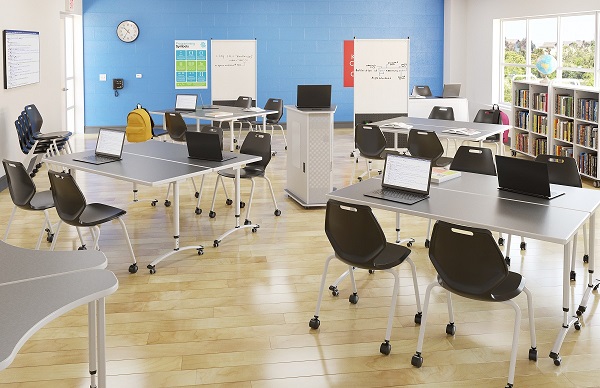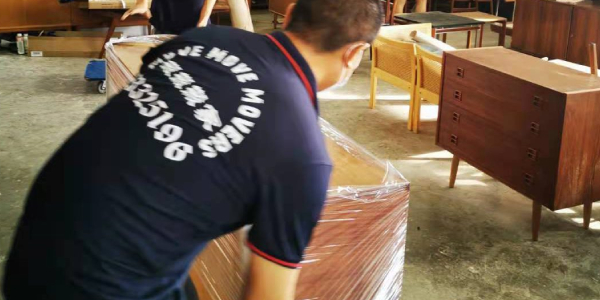Ergonomics And School Furniture – Why Is It Important?

How Can Innovative Furniture Ideas Save Space?
August 10, 2021
Ergonomic Office Design Tips For Dentists
November 5, 2021Why Does School Ergonomics Matter?
When we think of ergonomics, many people may picture adults in the workplace. The term’s Greek roots – “the study of a man at work” – might even shape our perception that ergonomic design is something for grown-ups only. But kids need comfort in too! That’s why it was great to see a furniture company create designs based on what children want and need today. Some top CBSE affiliated schools in Chennai design their classrooms ergonomically, considering children’s comfort.
Are you aware…?
- The majority of school furniture is outdated and does not meet minimum standards for orthopaedic or physiological needs.
- Each day, elementary school children spend approximately nine hours sitting on uncomfortable chairs that can cause physical stress in the lower back area and lead to other potential health risks.
A Classroom’s Design:
Educational institutions are always trying to find new ways in which they can better serve their students. They update curricula and pedagogy frequently but often overlook the importance of classroom ergonomics – including seating arrangements, desks and chairs. The classroom furniture must fit the students and encourage good posture.
For example, in many classrooms, the students sit on conventional wooden desks and benches that are not suitable for their height or body structure. The physical growth of each child is different, so common desks and benches will not fit them. Using uncomfortable classroom furniture will result in increased pain (especially back pains), which distracts from classroom work, making learning difficult if not impossible.
Sitting in a classroom should not only promote good posture but should reduce fidgeting. The student’s feet need to be firmly placed on the floor and their back pressed against the chairs. Incorrect posture can cause long-term damage that will affect them when they grow up.
Many schools find it difficult to invest in good furniture because of the high costs, and children are often not gentle with their school furniture. As a result, many institutions compromise on ergonomics for affordability sake.
Unfortunately, there are no clear solutions to these problems. There have been some rather ingenious attempts at reforming learning spaces with open classrooms and collaborative areas.

Flexibility, Collaboration, And Making Learning Visible
Schools these days are populating the learning environment with comfortable chairs, flexible tables on castors, and many writing surfaces. The reasons for this are:
- Easily movable tables enable a variety of activities and encourage collaborative learning experiences.
- Swivelling chairs let students sit comfortably, which improves comfort and attention.
- There is also plenty of erasable markers for whiteboards, paints on walls to make them more visible.
Educators have known for some time that when students are encouraged to exhibit their work publicly, they learn the ability to collaborate and studies problem-solving skills. By building on one another’s ideas, these children develop a collaborative culture necessary in today’s society.
Conclusion:
The lack of appropriate classroom furniture is an environmental factor that has long gone unnoticed. Best schools and educational institutions have a unique opportunity to enhance student learning and engagement by providing their students with the furnishings they need for success in today’s world.
Institutions should invest in customised school furniture solutions rather than plug-and-play models. They should ensure that the unique needs of each child are met and encourage collaborative learning by creating an ideal environment that suits each child’s needs. Know More




